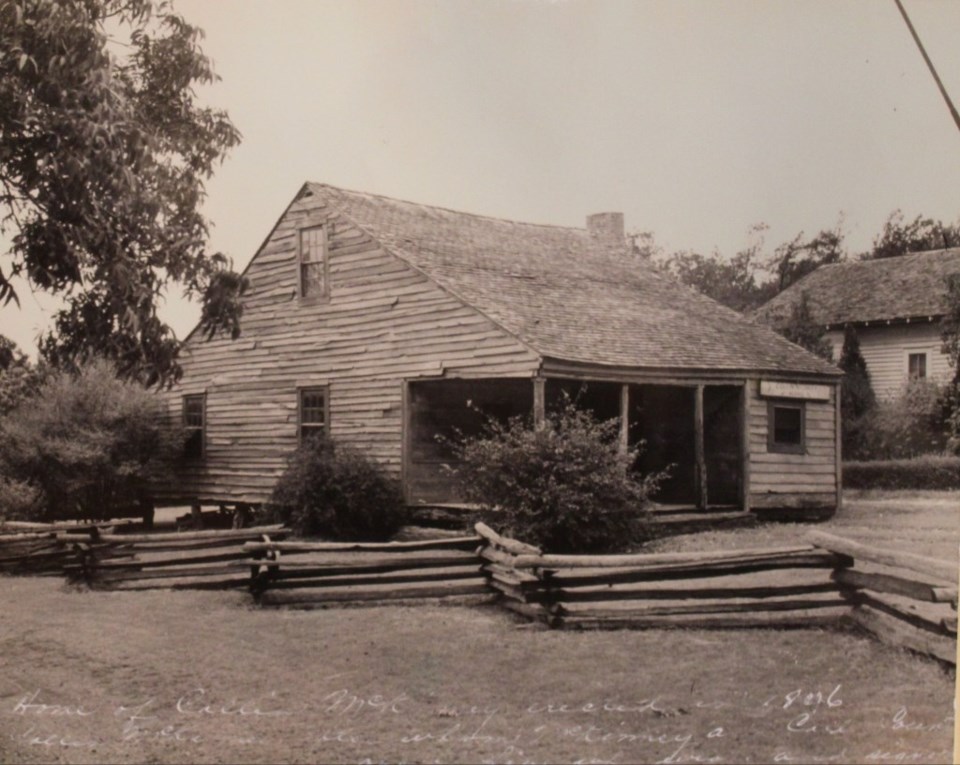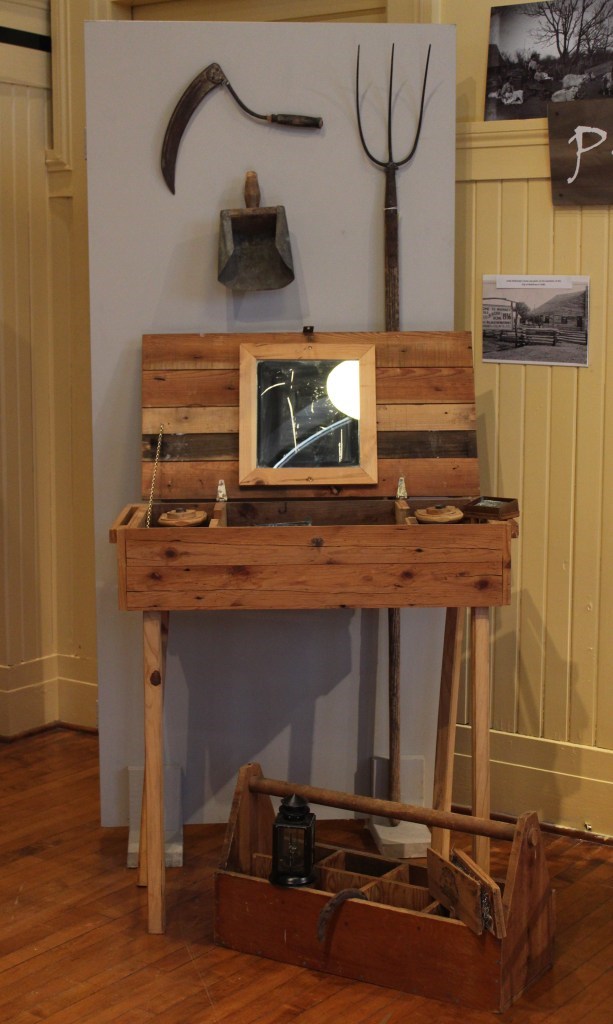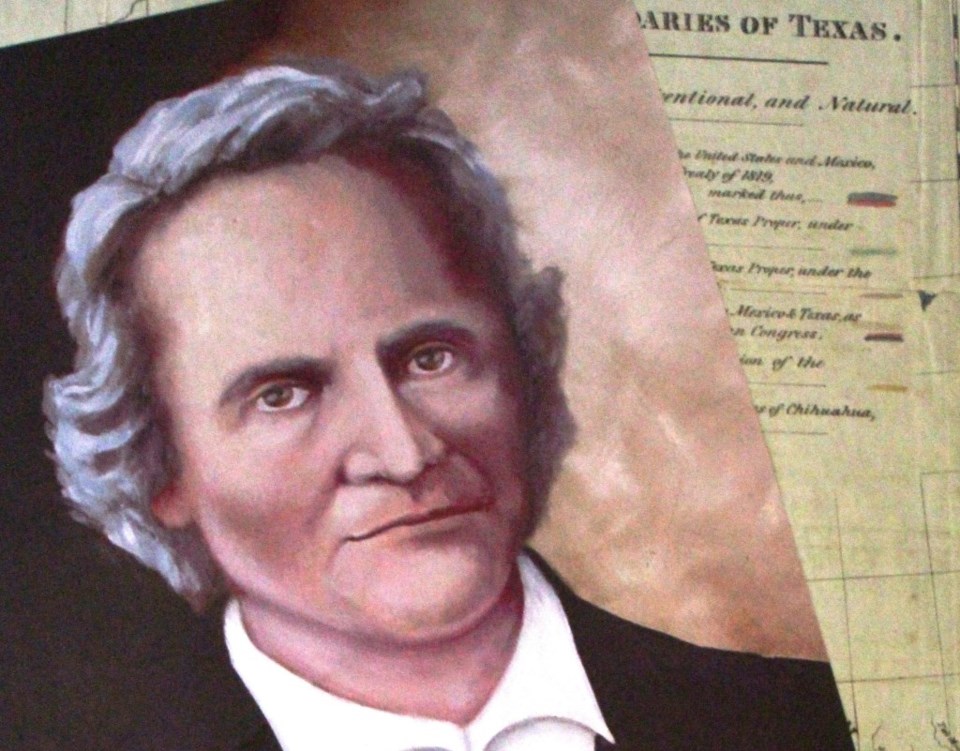It’s time to celebrate the 250th birthday of our county’s namesake and original drafter and signer of the Texas Declaration of Independence in 1836, Collin McKinney. It’s a shame he isn’t known by many, but he’s a Lone Star State legend worth memorializing.
More than a name
Within a decade after the victory over Mexico and Texas’ Independence, Collin McKinney settled in this area. In 1846, a division of Fannin County (which covered the majority of northeast Texas at the time) was in effect, and 30 square miles were given to each additional territory, including the newly named Collin County. Two years later, the Texas legislature proclaimed the county seat needed to be centrally located so that a horseback rider could make a round trip in one day. The town of McKinney, located an equal distance from Dallas, Denton, Sherman and Greenville (the four surrounding county seats), was established, and by a majority vote, locals also declared it as the county seat for Collin County.
The 6-foot, well-built Collin McKinney was worthy of emulation due to his genuine heart, smarts, and hard-working nature. He was a leader in instituting the Christian Church in Texas, and guided hundreds of soon-to-be Texas settlers from Kentucky and Tennessee via 11 trips by horseback, among many other progressive and charitable acts. He engaged in agricultural pursuits until his death on September 8, 1861 at the age of 95. His marked and history-filled grave can be found at the cemetery in Van Alstyn, Texas.
A lot more can be said of the legendary statesman, honored by Texas settlers Houston, Crockett, Travis, Austin, and Bowie. For a deeper dive into his history, read a recently published original manuscript, Texas Maker: The Heretofore Unknown Legend of Collin McKinney, written and illustrated by Eric M. Nishimoto.

Happy birthday!
As a prominent figure in our area, Collin McKinney deserves a birthday party bigger than his name. His Texas-sized Sestercentennial (250th) Birthday Celebration is Saturday, April 16. The day kicks off with a special dedication to the Collin County Historical Museum, birthday cupcakes to cheers, and a speech by McKinney Mayor Brian Loughmiller. McKinney’s downtown will host event guests, who will enjoy live music by The Sante Fe Line, arts and crafts exhibits, $2 tastings at a BBQ cook-off, a scavenger hunt and free access to the Collin McKinney exhibit at the museum.
The festivities don’t stop there. Through April 30, take part in the Collin McKinney 250 Cake Walk, in which downtown businesses will display ornamental cakes, culminating in an art exhibit and scavenger hunt. (Download the Eventzee app to participate.)
Through the end of May, all are invited to view the Collin McKinney and Early Texas exhibit at the Collin County Historical Museum for free, although donations are happily accepted. The exhibit takes guests from the 1820s through the early days of Texas and Collin County, and includes artifacts from the McKinney family that have never been publicly displayed, as well as revolutionary items important to Texas history.

Facts about Collin County:
Population in 886 square miles:
o 1850: 1,950, and 134 slaves
o 1900: 50,087
o 2016: Over 850,000
Taxable value of land, per acre:
o 1850: 75¢
o 1923: $25–50
o 2016: Tax is based on property value
McKinney’s firsts:
o Merchant: John L. Lovejoy
o Newspaper: McKinney Messenger Railroad: Houston and Texas Central Railroad
o City Hall: 1882 on South Kentucky Street
o During his time, Collin McKinney was a beloved and respected man.
Photography by Colbea Smith at Collin County Historical Museum.




